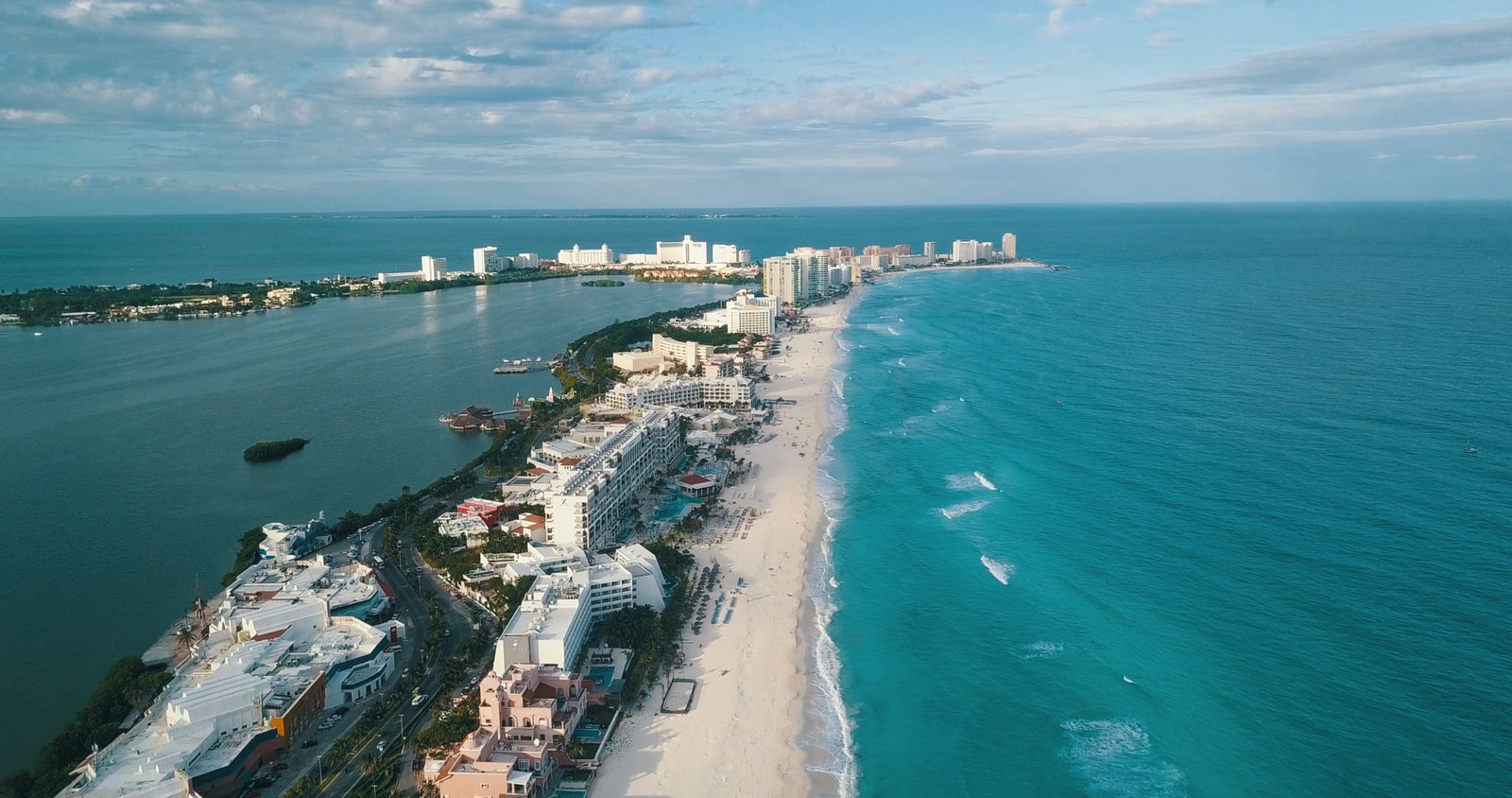Among the numerous ports of call offered by cruise lines sailing the Caribbean, Mexico stands out with its stunning Riviera Maya stretching from Cancun to the Belize border. This destination offers travelers the chance to enjoy spectacular beaches, dive around Cozumel Island, or embark on excursions to discover pre-Columbian sites like Tulum, the Puuc Route, or Chichen Itza.
However, starting this summer, cruise passengers disembarking in Mexico will have to pay higher entry fees to enjoy all these attractions.
Over 7 Million Cruise Passengers Annually
With annual visitor numbers more than doubling over the past two decades to exceed 7 million cruise passengers calling at Mexican ports today, this sector has clearly become a financial goldmine for the country.
Along the Caribbean coast (primarily at Cozumel, the cruise industry’s star destination), the Pacific coastline, and around Baja California, the number of cruise ships—often of considerable size—continues to grow, with all the consequences this entails. There are certainly positives for employment and local economies, but also drawbacks as communities must tackle challenges including environmental impact and managing waste generated by these cruises. Not to mention the overtourism that sometimes affects certain sites.
In short, as always, there are pros and cons…
This is why Mexican authorities have decided to implement a new entry tax for cruise passengers starting July 2025. Until now, these same cruise travelers were exempt from fees when disembarking at Mexican ports.
Starting this summer, it will cost $5 per person at each port of call, with the amount expected to increase annually until reaching $21 in 2028. Industry experts consider this a reasonable compromise—an amount that should generate revenue without undermining the attractiveness of Mexican ports compared to competing cruise destinations in the region.
Regarding the use of these revenues, authorities explained that “Mexico has decided to impose a tax on cruise passengers with the aim of generating additional revenue to support local communities dependent on tourism, improve port infrastructure, and strengthen public security around ports. This measure also aims to offset costs associated with managing increasing tourist flows and preserving natural sites.”

